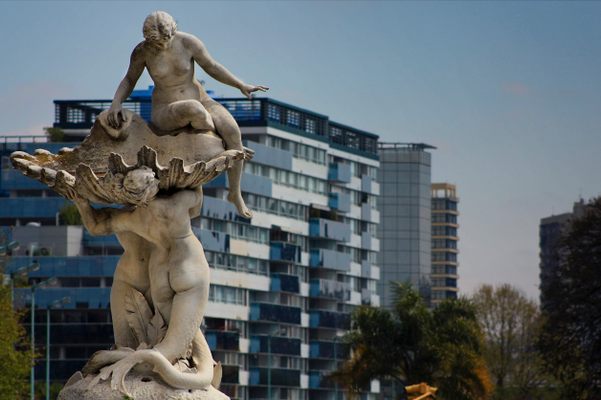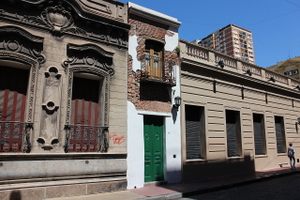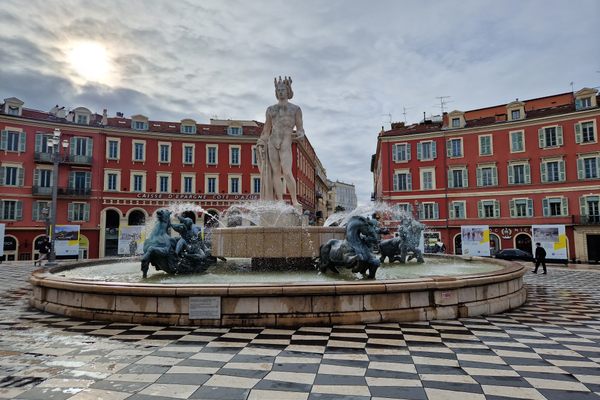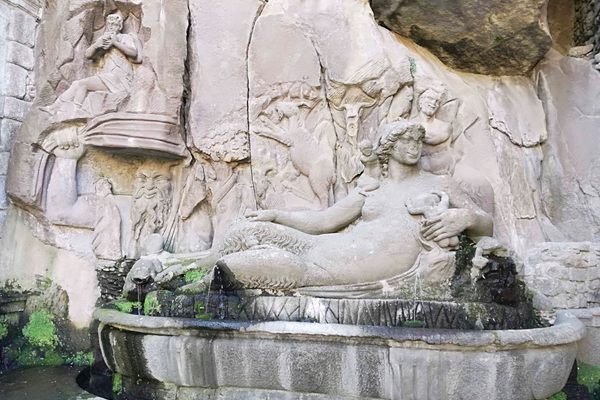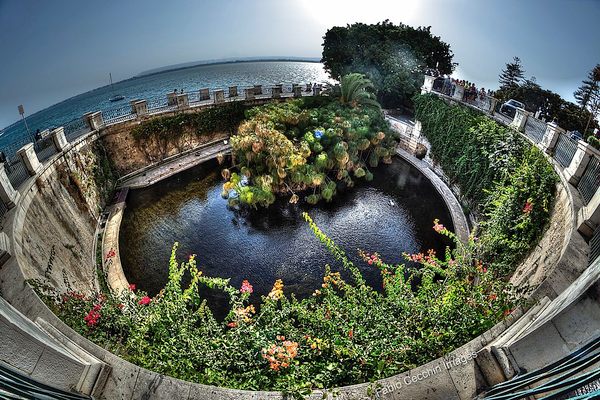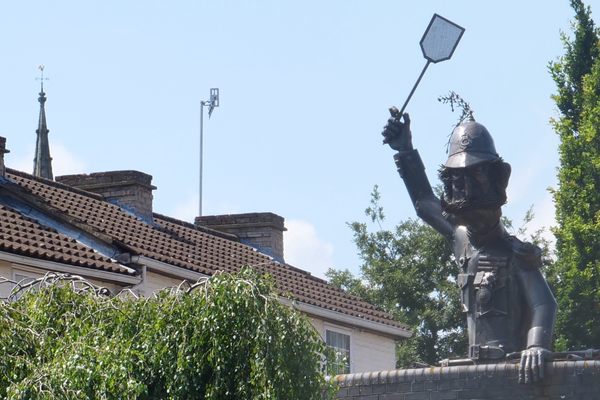About
Despite its central location on the coast of Buenos Aires, tourists haven't quite yet discovered the lovely riverside walk that holds one of the most beautiful fountains in the city.
La Fuente de las Nereidas depicts the mythical story of the birth of the Greek goddess Venus, who sits naked atop a seashell while nereids (sea nymphs) and tritons dance around her. The statue created a scandal when it was first unveiled in 1903 by the Argentine sculptress Lola Mora.
The story of the woman behind this provocative creation is little-known to many of the visitors that enjoy their Sunday walks around the fountain. Dolores Candelaria Mora Vega, who became known as Lola Mora, was ahead of her time in many ways. She wanted to achieve the same artistic glory as her male colleagues at the turn of the 20th century and found herself the subject of many rumors and controversies as she blazed that trail, breaking many rules along the way about what a woman was "supposed" to do.
The daughter of a wealthy man, she took private lessons with an Italian painter, Santiago Falcucci, who instructed her in his neoclassicist and romantic style. At a young age, she presented her work at an art gallery and it became a scandal because she was a woman. She later won a scholarship and studied in Rome with Italian artists Francesco Paolo Michetti and Giulio Monteverde.
She later returned to Buenos Aires and began making plans for the fountain that would be her most well-known work. The city of Buenos Aires commissioned the sculpture and the original plan was to place it in the center of the Plaza de Mayo, the historical heart of the city. She sculpted each piece in Rome and then brought them to Buenos Aires.
When the white marble sculpture was unveiled in 1903, people were horrified by the display of female nudity, and the fact that it was made by a woman only added to the controversy. The work was eventually moved to Puerto Madero where it stands today as a magnificent depiction of feminine beauty that time has finally caught up with.
Related Tags
Know Before You Go
You can get to the fountain by bus or subway to Paseo Colón or Av. Juana Manso and walk from there. A few years ago, people could still play with the water from the fountain, but today it is protected by thick glass. The fountain is at the entrance of a beautiful walk near the river, full of trees that cover the entire path.
Community Contributors
Added By
Published
August 29, 2018
